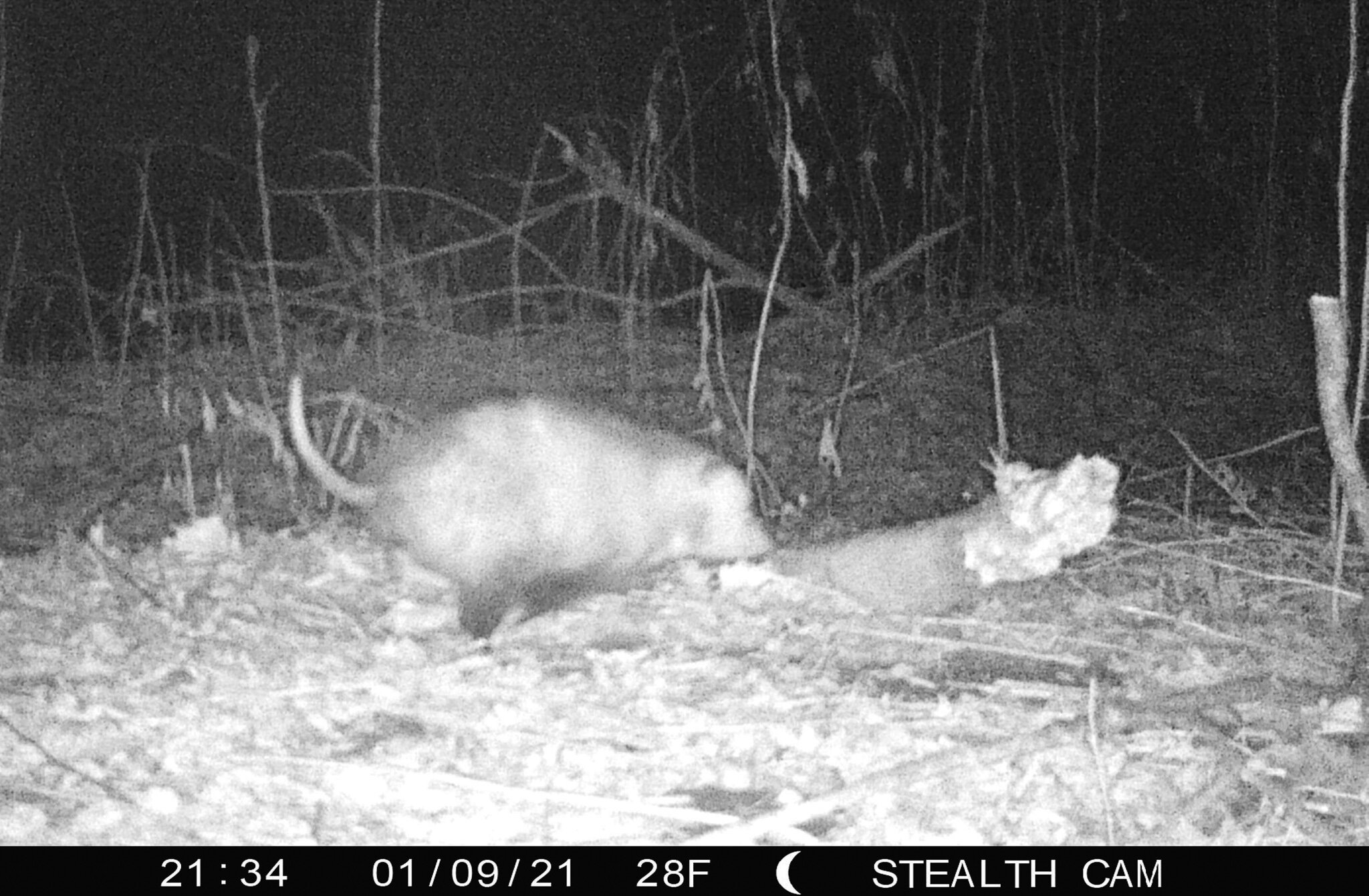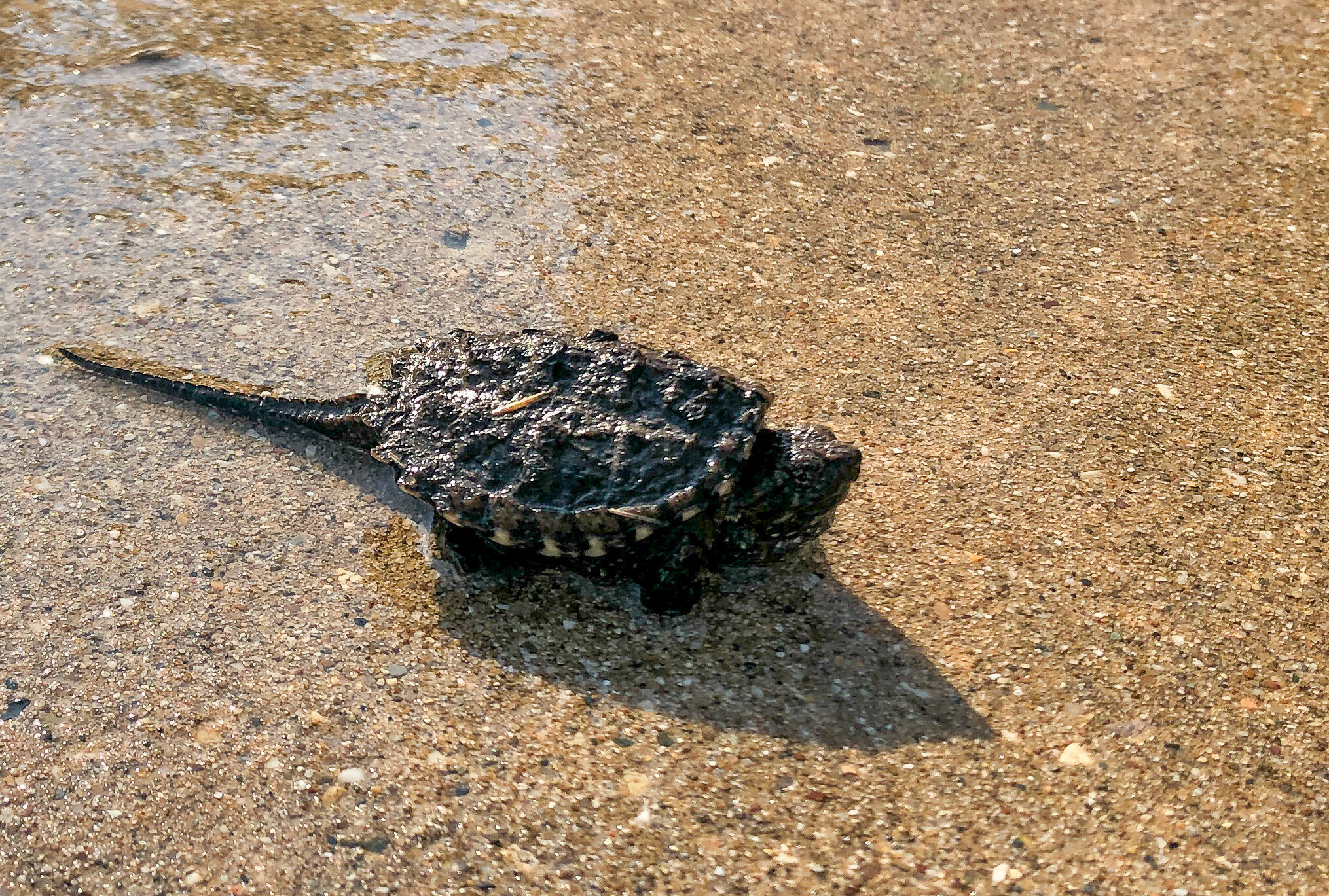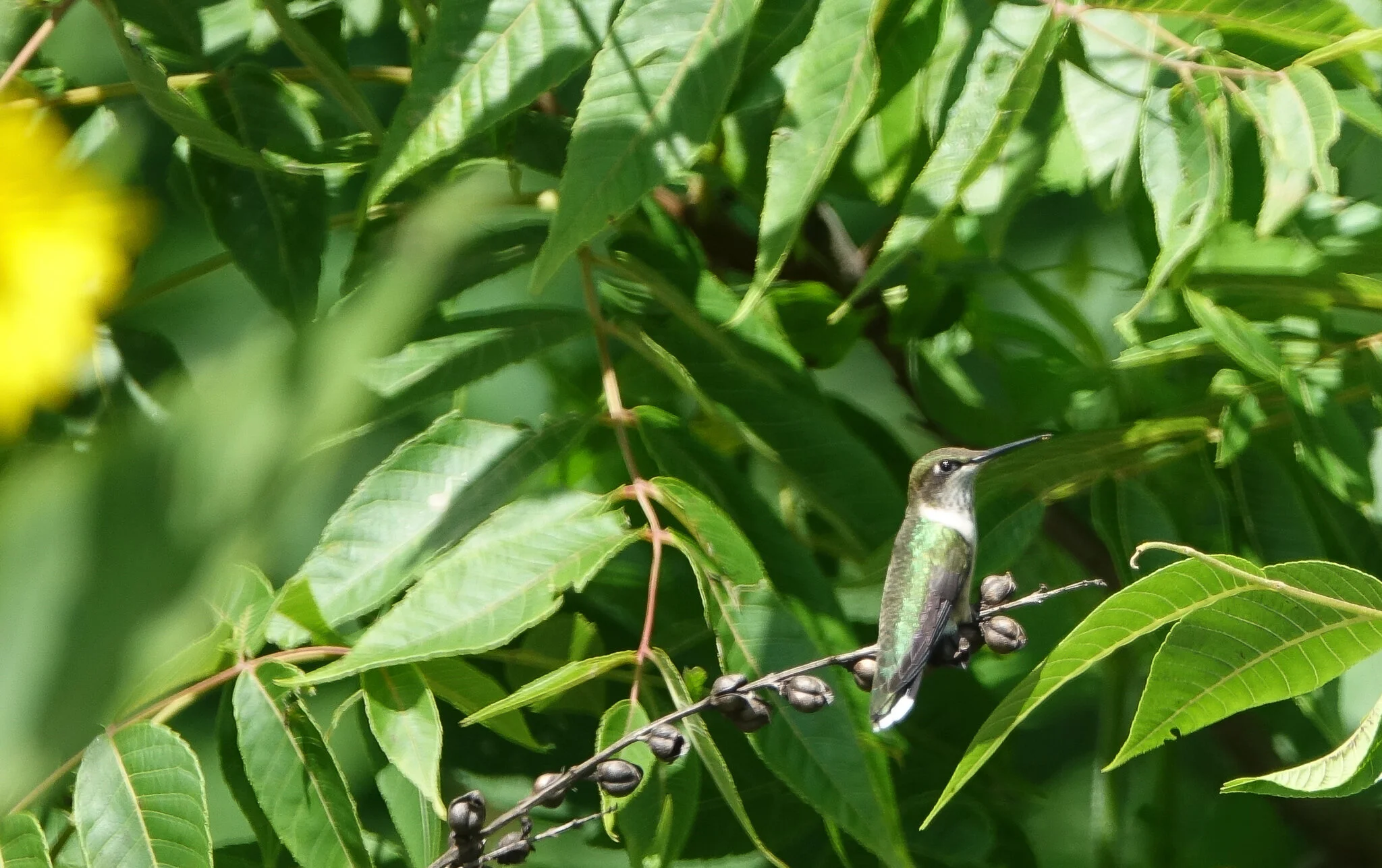The Rewards of Restoration
In June of 2020, Laura and I drove across the country from Whidbey Island to a new home in Champaign County, IL. We wanted to be closer to family and friends. Our son Al lives in Madison, we have extended family in central Illinois, and many of our friends live up in Chicago, where we started, 30 years ago. But while we were drawn to the people, we were also called by the land.
When you grow up in the Midwest, the seasons stay with you. The song of a cardinal in late winter, the bloom of redbuds in spring, the electric scent of thunderstorms, fireflies at dusk, cicadas rattling on a humid night, milkweed and monarchs on a summer hill, the red oaks of autumn--these are elements of a land once called the Grand Prairie. It was a land so fertile it brought American settlers by the tens of thousands to cut the tallgrass and till the black dirt where the Cahokia and Kaskaskia people made their homes. They wouldn’t recognize it now, but you can still find those elements, and the seasons carry on.
About 200 years ago, when Abraham Lincoln's family moved to Macon County, Illinois, about 60% of the state was tallgrass prairie. Today, only about 1% remains. These days, I think these kind of statistics leave us numb. For young people, in particular, it's like handing someone a bushel of rotten apples and saying 'well, they were delicious a month ago.' What do you do with that? It seems more helpful to point out positive, impactful things people are doing--and to emphasize our options moving forward. In the area of prairie conservation and restoration in Illinois, there's a lot of encouraging news. Now we’re hoping to contribute to that positive trend, by taking on a wildlife restoration project at our home.
What follows are a few pictures and anecdotes from our journey so far.
What are we doing?
We chose our 5-acre home in Mahomet partly because it’s a piece of land that's been abused, but also holds a lot of healing potential. Mahomet has two things going for it: It's just a few miles from Champaign-Urbana, home of the University of Illinois. And it's an oasis of nature preserves that stand out among fields of corn and beans. Lake of the Woods Forest Preserve, a jewel of the excellent Champaign County Forest Preserve District, lies just a quarter mile away and surrounds the Sangamon River, which runs along the northern edge of our place. (As a young man, Lincoln often paddled a canoe in this river and lobbied for its improvement.)
Our goal is to leave this piece of land better off than when we arrived. But also to make it beautiful by human standards. Better off means fostering an ecosystem that can support the greatest variety of wildlife--trees, plants, birds, insects, mammals. Beautiful means visitors say 'Wow, so you can make your yard natural and also pretty? With no complaints from HOAs?' You never know how long you'll be somewhere, so we got started right away in the peculiar summer of 2020.
Hover your cursor to view captions. On a phone, rotate to landscape and lightly touch. See full-size images in the gallery.





What does it take to restore wildlife?
At the risk of sounding like tiresome nerds, we should probably agree on what we mean by 'wildlife.' Let’s just say it's a collection of species that evolved together in one place over millennia, and came to rely on each other in a rich biological fabric. When you take some away, the others eventually suffer. So, an exotic botanical garden in a city is beautiful and terrific, but not wildlife. But a protected marshland on the lakefront of a city--that's wildlife.
Fostering nature can be very simple. If you live in Chicago and you replace the patchy grass on your parkway with a garden of purple coneflower and milkweed, you are restoring nature. If you live in Seattle and you remove blackberries (maybe with rented goats!) and plant cedar, salal, and ferns--that's restoration. If you have a dying tree and, rather than cutting it down, you have an arborist cut off the top and leave the trunk--that's restoration. These tiny actions add up, which I'll speak to later.
For our project, we're investing a little more. But it's still simple to describe.
We're planting a field of native prairie grasses and forbs (flowers) in place of noxious weeds.
We're planting native trees and shrubs (especially those that insects and birds like) in place of aggressive invasive plants.
We're reducing the size of our turf lawn, replacing some of it with natural grasses and durable flowers you can mow if you want.
We're creating habitat for animals and birds to find shelter (like nesting boxes).
We're managing our forest and river edge, to protect native development.
When these things are done, and we're in 'maintenance mode,' our five acres will be host to dozens more species and thousands (yes, thousands!) more organisms. We hope. You never know what changes are to come, but this has been done successfully many times, by forest preserves and wildlife restoration groups all over the state.
Hover your cursor or lightly touch to view captions. See full-size images in the gallery.











There's still a lot of wildlife out there
It's true! When it comes to existing wildlife--let's just say in Illinois for now--the glass is at least still a quarter full! And that's a great start for us to fill it up again. These creatures are out there. In nine months, we've identified on our land 42 species of birds, a dozen species of trees, more than a dozen types of plants, too many insects to count, along with deer, rabbits, coyotes, foxes, racoons, possums, two types of squirrels, and beaver! All this in the 'corn belt' of central Illinois.
To be clear, most of these plants and animals are under tremendous pressure from the usual suspects--climate change, habitat destruction, industrial and agricultural pollution, poaching. But even so, we are fortunate to have this abundance because it means wildlife can still survive here. And if we invest a little effort and time, we can help it thrive again.
Keeping an inventory of species on your property is an important part of restoration. That way, you can track what changes take place. Let's say you plant milkweed and start seeing monarch butterflies, or plant a field of tallgrass and start seeing bobolinks--then you know you've created a successful home for more wildlife. There are now many terrific apps for identifying birds, trees, plants, and mammals (as well as the old field guides).
All these animals were photographed on our five acres. See full-size images in the gallery.




























Why is this important?
I met an engineering professor at a cookout last summer and shared some of my thoughts about conservation, particularly the need for sustainable and wildlife-friendly farming. Like a seasoned educator, he asked some challenging questions I'm afraid I didn't answer as well as I’d like. For example: If we can produce enough food to feed the world with industrial farming practices, why isn't that fine? Aren't yields better than they've ever been? Why do we think 'old-fashioned' farms, with sustainable practices (like conserving soil, leaving habitat for wildlife, reducing chemicals)--why is this better, objectively?
There are of course scores of books on this subject, and quite a few films too. But I think it’s handy to have a brief and clear answer ready:
Wildlife makes human life richer. If you don't believe the science that shows the effect of wild spaces on our mental health, ask yourself how you feel when you take a walk in a beautiful park or on a scenic beach. How do you feel when you hear birds singing on a spring morning? Doesn't that add to your quality of life? Don't we want our children to have this too?
Ecological biodiversity protects humanity from future calamity. The richness of nature creates the soil we depend on for food—without natural organisms and processes, soil dies. In fact, soil is dying (or disappearing) in the industrial farming parts of the world. Nature provides our energy, our housing, our climate moderation, and everything else we need to survive. So why wouldn’t we use our great ingenuity and wealth to establish a world that sustains nature? Why not let nature help us, in the way it has for millennia--through diversity and species interdependence? The good news is that 70% of the world’s food supply is still produced by small farms—it’s small farmers, actually, who ‘feed the world.’ And they’re more likely to tend to their soil because they can’t afford not to.
Hover your cursor or lightly touch to view captions. See full-size images in the gallery.




Make a difference with a couple hours and a few bucks
The most profound idea I've heard in the past year comes from professor and author Douglas Tallamy: If just 10% of Americans took modest actions around our homes, we could create space for nature that dwarfs the total area of our national parks. He calls this the ‘Homegrown National Park’ and describes a plan of action in his book Nature's Best Hope.
I still intend to donate and volunteer with conservation groups. I'll still vote for politicians with the intelligence and fortitude to protect natural resources. But Tallamy helped me understand that perhaps the most consequential thing I can do is in my own back yard.
So now, I pass that idea along to you, because it's a hopeful and uplifting message. And we need that. Here are things almost any of us could do this year:
Plant a small 'pollinator's garden' of native species in place of lawn.
Put out a nesting box for birds, bats, or bees.
Remove invasive plants and plant a native shrub.
If you don't have a yard, you can volunteer to do these things in your neighborhood common spaces.
If you want to learn more…
Here are a few resources I’ve found helpful. It’s just a start—there are many, many more available.
Nature’s Best Hope, by Douglas Tallamy
Native Plant Finder (find the best plants for where you live)
Make a Home for Wildlife, by Charles Fergus
Merlin Bird Identifier (link for iPhone, but there’s also an Android version)
PlantNet Plant Identifier (just what I use—there are a lot of good ones)
Biggest Little Farm movie (beautiful, fun, and inspiring)
Jackalope Wild (Kayla Myers’s ecodesign company)
And if you’d like to hear more about how our project is going, please subscribe below.
As always, thanks for reading!



